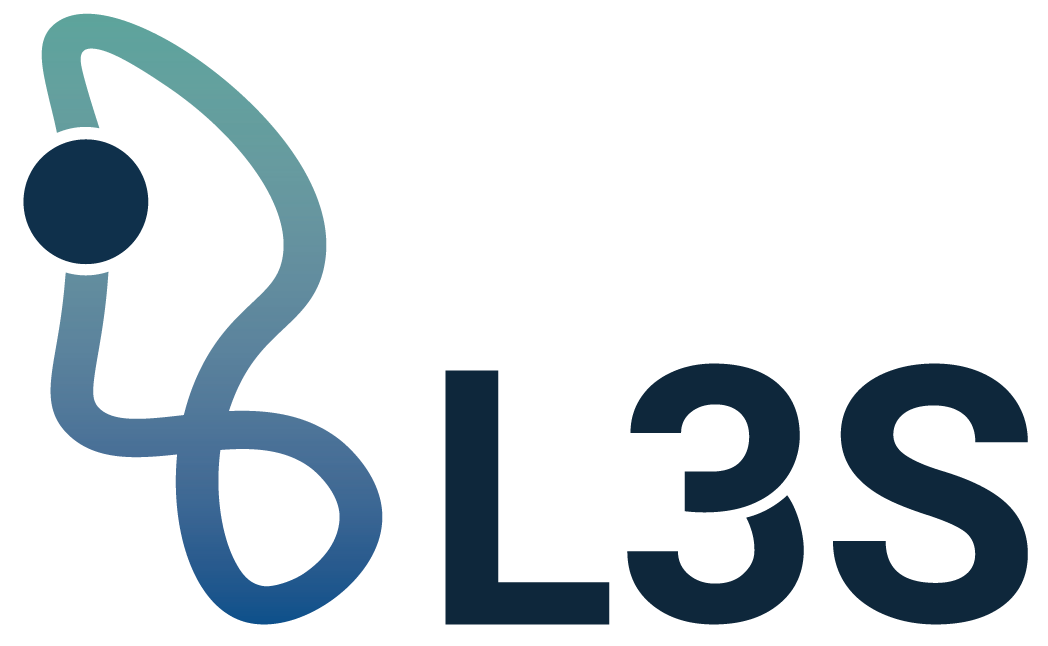|
so:text
|
Of the other arguments, he knew a few but more have been added since: linguistic paleontology: agreed here not to prove a cold homeland or any homeland at all; common developments with Greek, and generally the geographical distribution of the isoglosses, is better explained by an Indian “extreme” homeland than by radiation from the Russian centre; Finno-Ugric has hundreds of Iranian loanwords but imparted no words to Iranian or Indo-Aryan , which is typical for a colonial situation, with Scythian Iranian imparting words and also borrowing some but not communicating them back to the homeland; Mitannic can be shown to belong to the youngest layer of the Ṛg-Veda, so allowing for the language to emigrate and to become a dead substrate of Hurrian , the Ṛg-Veda must have been complete by 1800 BC or so; 5) geographical distribution has the homeland typically in a far corner , not in the centre , which also is not the zone of greatest diversity, on the contrary; Vedic literature contains a few astronomical passages datable because of the precession , e.g. Kauṣītaki Brāhmaṇa 2300 BC instead of ca. 1000 BC, Vedāṅga Jyotiṣa 1300 BC instead of ca. 400 BC, incompatible with an invasion scenario ca. 1500 BC; kentum substrate in Bangani, India, e.g. dokru instead of expected daśru, “tear”; Vedic and Puranic literature refers several times to emigrations, never to early immigrations, and the Northwest was not venerated as an area of origin; the agricultural terminology proves, contra Masica, to be compatible with an Indian homeland. (en) |

